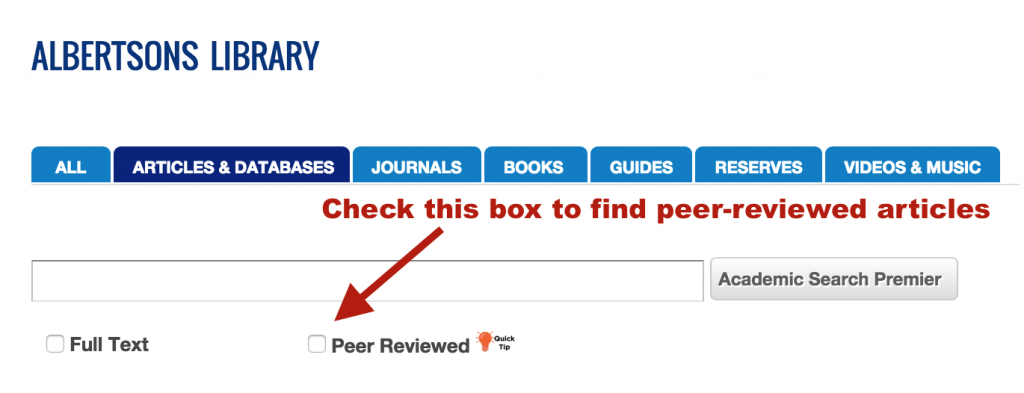Prownian Analysis Activity
Due Saturday, January 23 by 11 p.m.
Objective: This activity will let you practice you one method that helps historians make sense of objects from the past.
Introduction
You undoubtedly have some experience reading historical documents. If you grew up in the U.S., for example, you likely read the U.S. Constitution and the Gettysburg Address, and maybe you’ve read personal letters exchanged in previous generations of your family. Chances are you’ve also had an opportunity in high school history class or elsewhere to look at historical images such as maps, political cartoons, paintings, or even advertisements in old magazines. You may have an understanding of how to approach these kinds of historical documents.
Say, however, you come across an object from the past. How do you begin to interpret it? It can seem overwhelming, especially if you don’t know for what it was used or who used it, and especially if it doesn’t have any accompanying documentation.
Fortunately, art historian Jules David Prown developed a method of understanding an object from the past. By following his method, you can form hypotheses about how an object was used, who used it, and what the object meant to its users. Today you’ll learn a bit about that method, and then you’ll apply it to an object from the present day.
Instructions
Please note: This activity constitutes half of your participation in History 100 this week—and it’s your first exposure to a key method of interpretation we’ll be using throughout the course. Please be sure to give yourself sufficient time to complete it thoughtfully.
Step 1: Read Prown’s article on his method of material culture analysis.
Step 2: Watch this video distillation and application of Prown’s method:
Step 3: Apply the first three steps of Prownian method on a mass-produced object from your bathroom (e.g., toothbrush, menstrual products, a razor, a comb, curling iron, hair dryer, etc.). For the purposes of this exercise, ignore the writing on the object and remove it from its packaging. Take notes, as well as at least three photos of your object from different angles.
Step 4: Expand on your initial Prownian analysis.
- Write a short paragraph (3-4 sentences) on each step.
- Write three increasingly complex questions about the object, based on Prown’s step 3 (speculation/cultural daydreaming).
- Find a reliable article or blog post on the open web that looks at the cultural history and/or meaning of your object. Read it.
- Find a relevant peer-reviewed article in the library’s subscription databases and skim it for relevant information.To find peer-reviewed journals, you can use the same method you used to search for Prown’s article in this video—only you might need to expand your search beyond JSTOR, into other databases linked to on the library’s “Articles & Databases” tab. Be sure to check the “peer-reviewed” box indicated below.

- Using the Chicago Manual of Style citation format, cite your open web and peer-reviewed sources. Under each citation, write 1-2 sentences about that author’s key findings, focusing on the habits, beliefs, and/or values the author uncovers.
- Write 3-4 additional sentences describing each author’s method of understanding the object. How, for example, does his or her method differ from or seem similar to Prown’s?
Step 5: Post your analysis (what you wrote in Step 4) to the class blog. Include at least three photos of your object from different angles.
Step 6: Read and respond to two of your group members’ blog posts.
You might, for example:
- let them know which questions they wrote you find most interesting—and why.
- offer preliminary answers to their questions.
- suggest additional habits, beliefs, and values you see embodied in the object.
- suggest an alternative interpretation of the object.
- ask further questions.
- point out another interesting source on the subject.
- comment on whether you think their authors’ methods might be used in combination with, or instead of, Prown’s method of analysis.
Due Saturday, January 23 by 11 p.m.
Course Learning Objectives
This activity supports the following course learning objectives:
1. Demonstrate genuine curiosity about the past by asking thoughtful or productively provocative questions—and trying to find initial answers to those questions.
1A. Craft (and, if necessary, revise) a question about the past that others say they find interesting.
1B. Write a series of questions that are increasingly complex.
1C. Engage in lively conversations about the past with other students in the course.
1D. Find a relevant, reputable article on the open web.
1F. Find relevant peer-reviewed articles in the library’s subscription databases.
2. Initiate research into the past, and formulate arguments about it based on reliable evidence, critical thinking, and some cognitive associative leaps.
2E. Make novel connections among disparate historical and cultural phenomena.
2F. Draw on objectives 1A-1F while using evidence to support an argument.
3B. Explain how an engineered system or object reflects habits, beliefs, and values.
4. Communicate their knowledge about the past to different audiences, in ways that are meaningful and relevant to the student and each audience.
4B. Participate in discussions with other students on the course discussion boards.